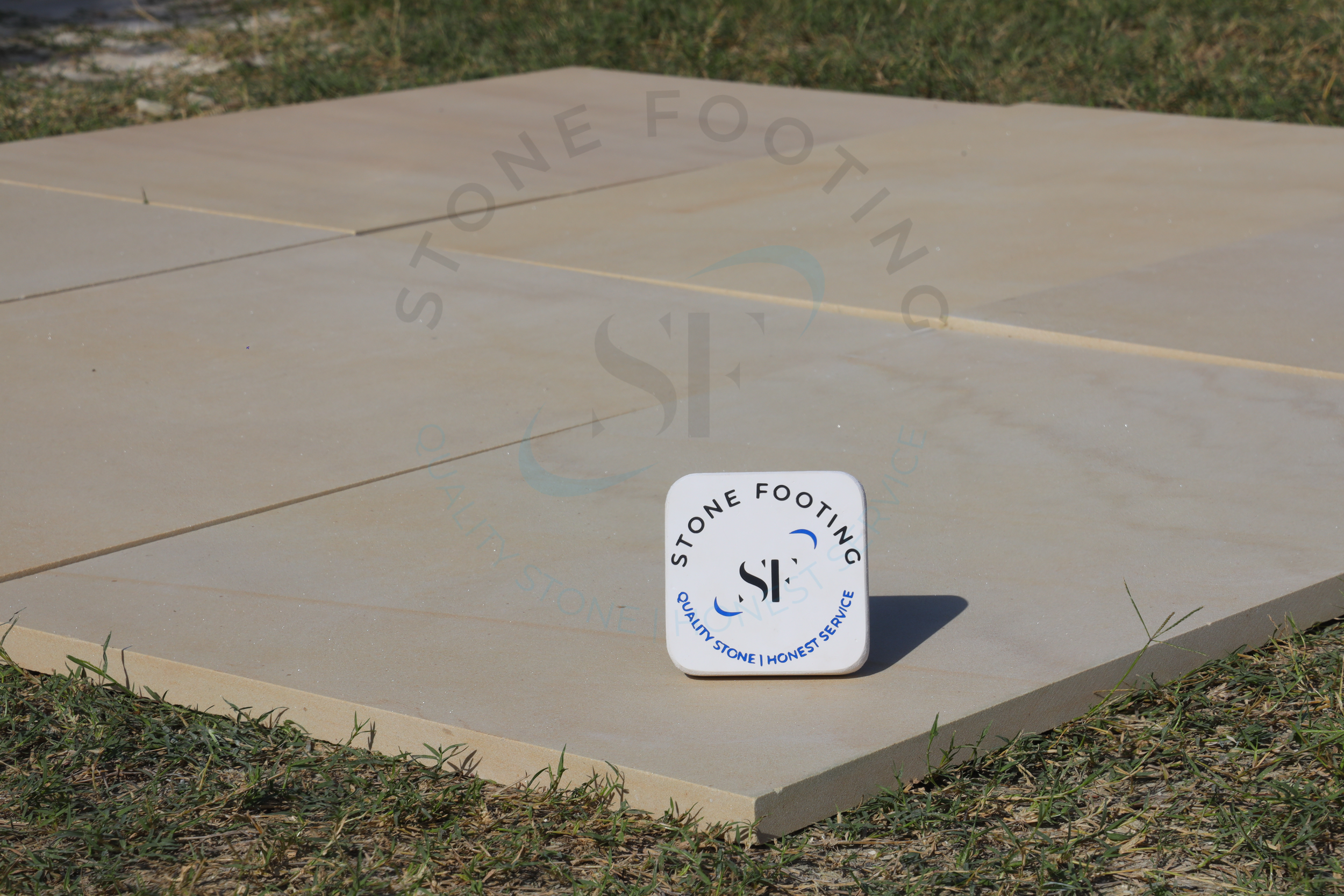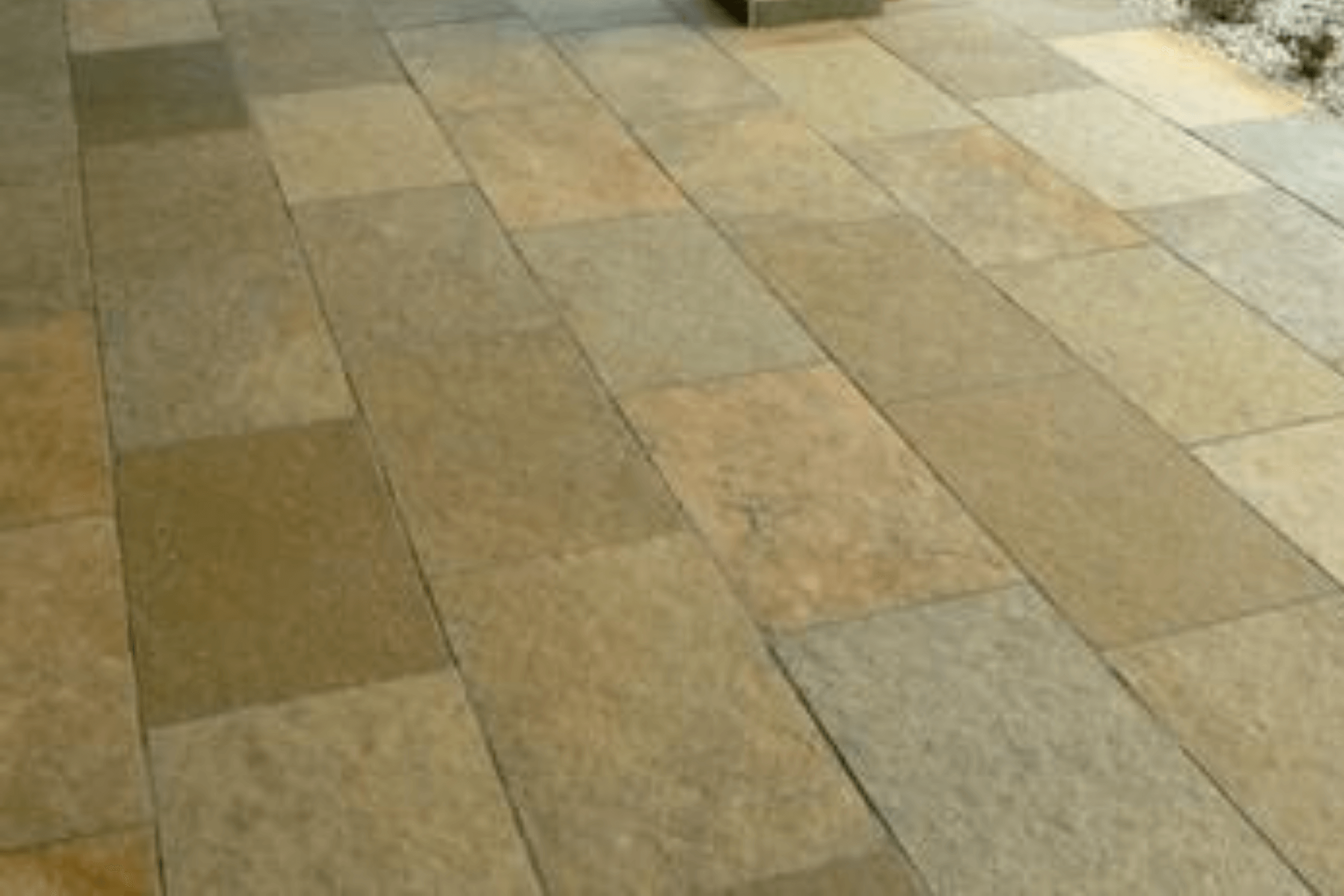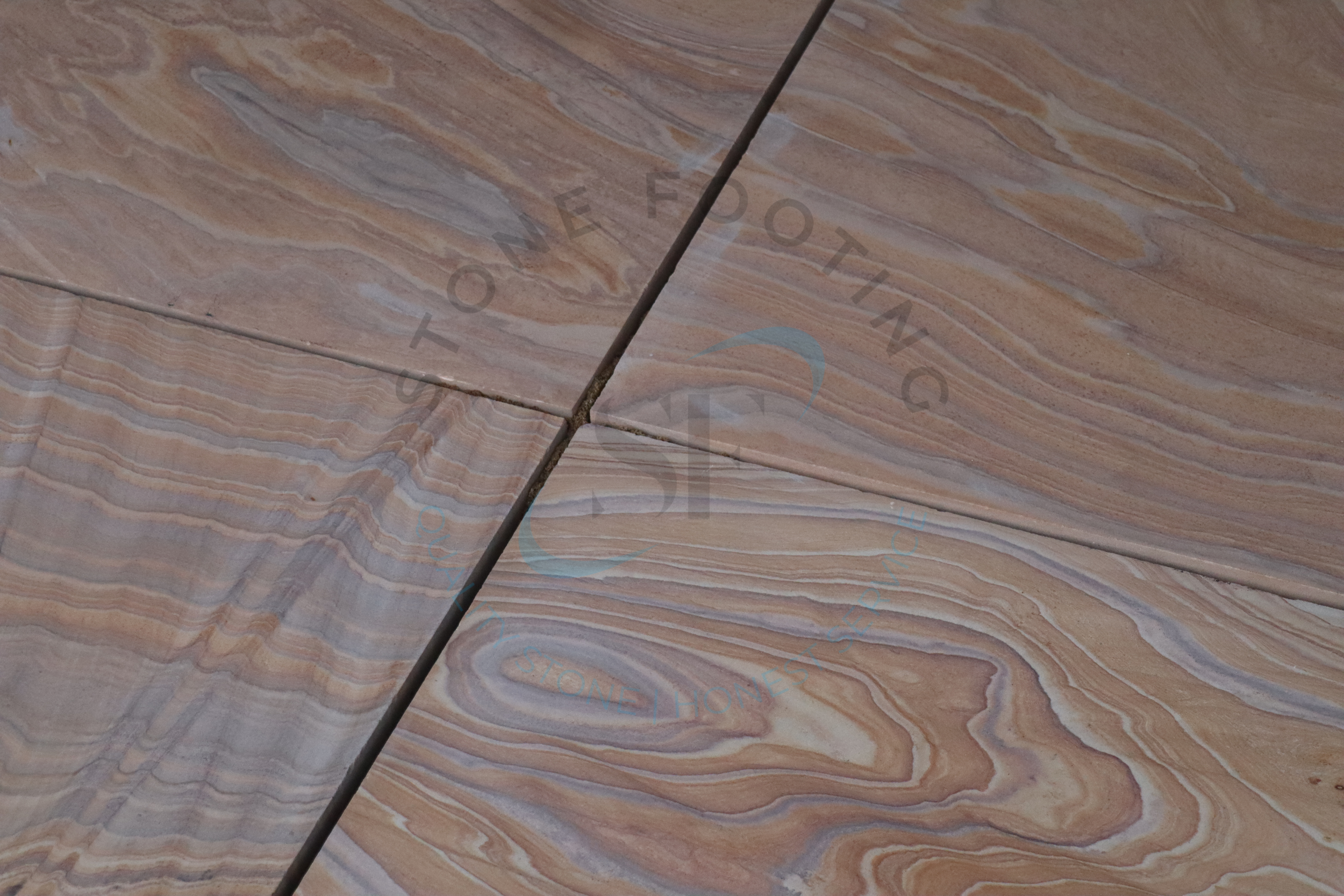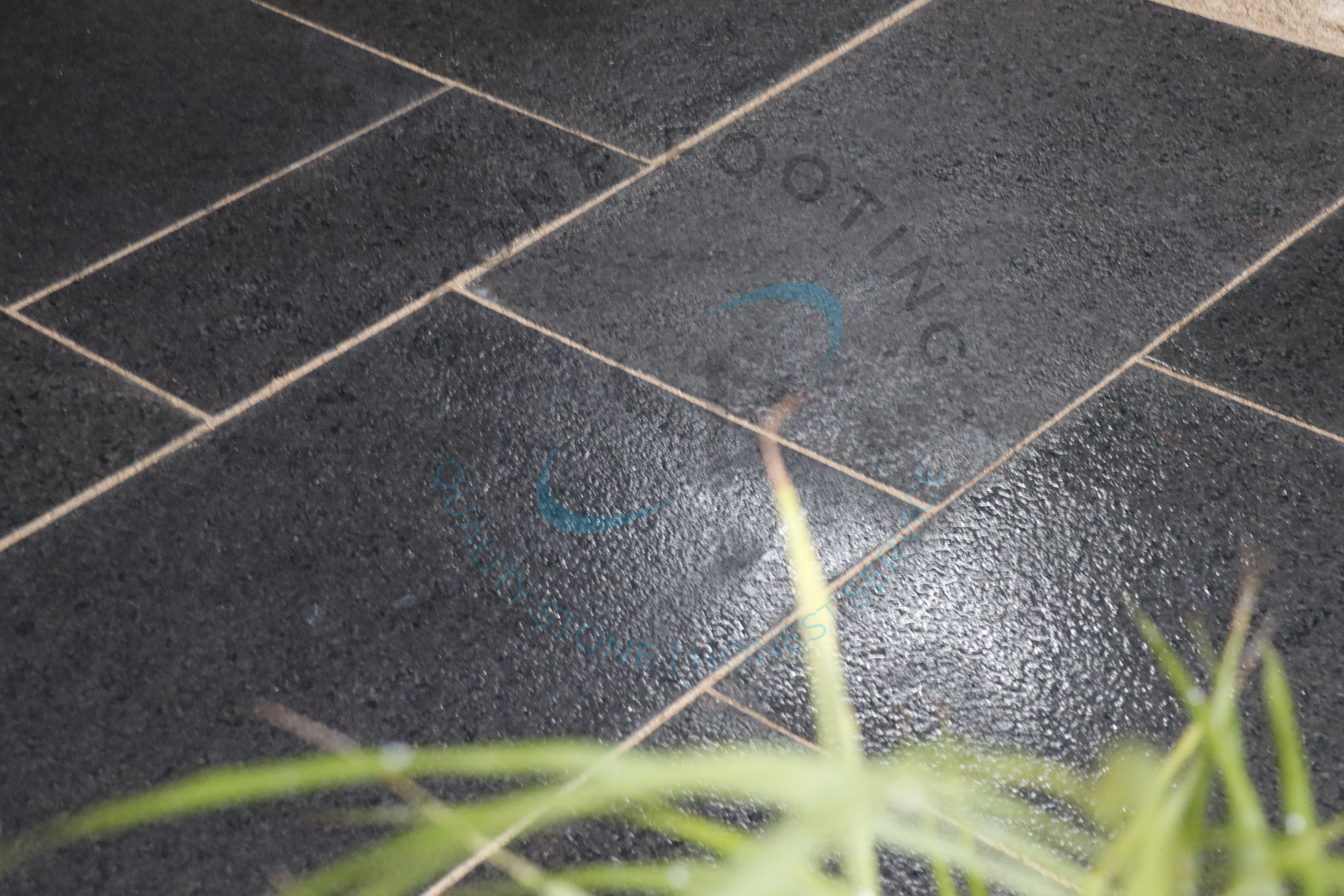How to Differentiate Between Grades of Granite?

Are you considering installing granite countertops in your home? Well, that is an incredible selection! Granite countertops are a stunning, long-lasting addition to every area in your house, from kitchen counters to bathroom sinks. This wonderful stone comes in a variety of colours and patterns, making it great for complimenting your style with a surface that will not chip or discolour even after years of usage.
But how would you tell whether your granite slab is of high quality? This is when the various grades of granite enter the equation. A granite slab’s tier of quality, or status, is how we assess its value and longevity. And when it comes to choosing granite that will last for years, you undoubtedly want it to be the highest quality, most durable stone available.
To guarantee that your renovation includes quality equipment, our specialists go deep into how granite is classified and the specifics behind each grade of granite to aid you as you update your environment.
Grades Of Granite
Entry Level Granite
Entry-level granite is sometimes known as builder or commercial grade. It might be constructed and utilized for furnishings or housing. It has a lighter surface and requires hardwood support to prevent fracture. While it is slimmer and far less costly, it still comes in various colors and designs. Yet, it would be best if you did not utilize it in a high-traffic area.
Middle-Level Granite
This isn’t top-of-the-line granite yet, but it’s on its way. It is superior to level 1 granite in every manner, but it is also significantly more costly. That being said, level 2 granite is more valuable than grade 1 granite since it is robust.
Besides, mid-grade granite has a lot more diversity in terms of color when it comes to appearance. This signifies that this grade of granite is far more attractive than the lower grades. If you’re seeking a decent, aesthetically pleasing addition to your house, level 2 granite can be precisely what you’re looking for.
High-Level Granite
One of the highest quality materials you may use in your home is high-grade granite. It has a lovely appearance, but the material is challenging to obtain. Anything over a level three is considered good grade granite, and many businesses will opt for the same. It has a thickness of around 3/4 of an inch and is often supplied from India or Brazil in various unusual hues and patterns.
How Is Granite Classified?
It may surprise you to learn that there is no industry standard for rating granite quality. Most producers and retailers have a system for defining different grades of granite. Commercial-grade granite, in general, has more soft minerals scattered throughout and minor color variation than better quality pieces of granite.
Moreover, its bright hues and intricate patterns distinguish Mid-grade granite, but it lacks the distinctive characteristics of higher-end cuts. The best granite contains slabs with one-of-a-kind hues and brilliant patterns that are difficult, if not impossible, to replicate.
Further, because there is no fixed standard for grading granite, it is crucial to browse around again and locate the granite you like most at a price that appears reasonable and fits within your budget. Perhaps your preferred color granite is commercial-grade, which is OK. Durable granite countertops may be obtained for less money if the cut and finish are good. Unless you’re looking for an unusual color variation or pattern, there’s no need to invest in the best granite available.
Therefore, if you’re hunting for high-quality natural stone for residential or commercial applications, look no further. Connect with Stone Footing, a natural stone distributor recognised for providing high-quality natural stones.
Frequently Asked Questions
What are the lowest-cost granite colors?
Along black, white and tan granite are among the least costly shades. However, these three colors are among the most popular granite color options in houses.
What is the finest granite grade?
Level 3 granite is regarded as the best available. According to the origins of the stone, the colors, patterns, subtle shading, and complex and delicate minerals, it might be valued twice or three times as much as the other grades.
What is granite’s porosity?
Compared to granite, porosity in marble, which is both metamorphic and sedimentary, may be up to 2%. The porosity ratios of most granite blocks range between 0.4 and 1.5 percent.




